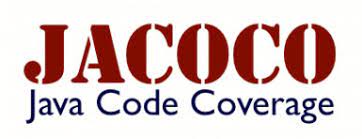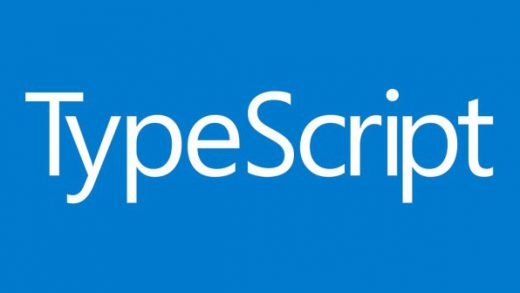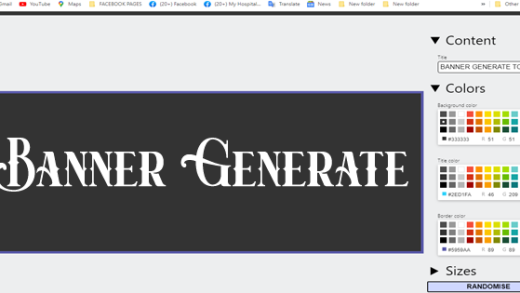Code coverage tools are important to measure that determines the degree to which the source code of a program has been tested.
What is Code Coverage?
Code coverage is one such software testing metric that can help to assess the test performance and quality aspects of any software. Code coverage is a software testing metric that determines the number of lines of code successfully validated under a test process, which, in turn, helps to analyze how widely software is verified.
Developing enterprise-grade software products is the ultimate goal of any software company. However, to meet this goal, companies must ensure that the software they develop meets all required quality characteristics – correctness, reliability, effectiveness, security, and maintainability.
Such insight will be beneficial to the development and QA team alike. For developers, this metric can help with dead code detection and elimination.
Benefits of Code Coverage:
Code coverage analysis can only be used to verify test cases run on the source code and not to evaluate the software product.
- Easy maintenance of code base – It is important to write scalable code to extend software programs through the introduction of new or modified functionalities. However, it is difficult to determine whether the written code is scalable. It can prove to be a useful metric in that context. Analysis reports will help developers ensure that code quality is well maintained and that new features can be added effortlessly.
- Exposure of bad code – Continuous analysis will help developers understand bad, dead and unused code. As a result, they can improve code-writing practices, which will result in better maintenance of product quality.
- Faster time to market – With the help of this metric, developers can finish the software development process faster, which can increase their productivity and efficiency. As a result, they will be able to deliver more products, allowing companies to launch more software applications to the market in a shorter amount of time. This will undoubtedly lead to increased customer satisfaction and higher ROI.
What is the purpose of Code Coverage?
Code coverage is a software testing metric that determines the number of lines of code successfully validated under a test process, which, in turn, helps to analyze how widely software is verified. The ultimate goal of any software company is to develop enterprise-grade software products.
Best Test Coverage Tool:
Cobertura is the best Test Coverage Tool. It is an open-source tool for measuring code coverage. This tool calculates the percentage of code accessed by tests. It can be used to identify which parts of your Java program lack test coverage. It is based on jcoverage.
Here is the list of Top 5 Coverage Tool:
1. Cobertura:

Cobertura is one of the popular open-source code coverage tools. It lets you execute tasks via Ant, and Maven, or the Cobertura CLI. It can be used to identify which parts of your Java program are lacking test coverage.
Features of Cobertura:
- Allows you to measure coverage without having the source code
- It is one of the best java code coverage tools which helps you to find which parts of your Java program are lacking test coverage
- Allows you to represent reports in HTML and XML format
- Helps you to test lines and branches of the class & the method
Programming languages: Java
Developer: Steven Christou
Last release: 2015, version 2.1.1
Cost: Free
2. CodeCover

Codecover is an open-source glass-box testing tool for Java and COBOL. This tool examines the program structure and derives test data from the program logic/code. Codecover measures statement, branch, loop, and strict condition coverage.
Features of CodeCover:
- Allow how much of our code is executed when we run this script.
- Determine how your code was exercised or not during the execution of your test suite.
Programming languages: Java & COBOL
Developers: Team at University of Stuttgart
Last release: 2011, version 1.0.1.2
Cost: Free
3. Coverage.py

Coverage.py is a code coverage tool for Python. It is one of the best test coverage tools that helps you to monitor Python programs, notes which are the parts of the code that have been executed.
Features of Coverage.py:
- Coverage.py helps you specify which source files you want to analyze via a configuration file
- It also helps you to analyze the source to find out the code that could have been executed but was not.
Programming Languages: Python
Developer: Originally developed by Gareth Rees, maintained by Ned Batchelder (and others) since 2004
Last release: May 2017, Version 4.4.1
4. JaCoCo

Jacoco is a free Java code coverage tool distributed under the Eclipse Public License. It is an open-source free code coverage tool for Java, created by EclEmma.
Features of JaCoCo:
- Jacoco provides instruction, line and branch coverage
- It is one of the best Java code coverage tool that supports Java 7 and Java 8
- Helps you test class and method lines and branches
- Provides easy to navigate HTML or XML reports
Programming languages: Java
Developers: EclEmma team
Last release: 2017, version 0.7.10
Cost: Free
5. JCov

JCov is another open-source code coverage tool. It integrates well with Oracle’s testing infrastructure such as JavaTest and JTReg test harnesses. It supports offline and on-the-fly instrumentation, and is testing framework agnostic. It is not actively developed today.
Features of JCov:
- It measure and analyze dynamic code coverage of Java programs.
- Provides functionality to collect method, linear block and branch coverage.
- And also showing uncovered execution paths
Programming languages: Java
Developers: YP engineering team
Last release: 2013, version 1.1.1
Cost: Free
Each tool takes a different approach to code coverage. Some take the traditional route of monitoring lines, statements, branches, and blocks of code, then reporting the percentage covered by automated unit tests.
When using code coverage tools, you need easy access to reports and metrics. There should be a way to export metrics, integrate with other tools, share them across teams, and analyze results within the tool. Code coverage metrics are useful to the extent that you can share and analyze them for actionable decision-making.


